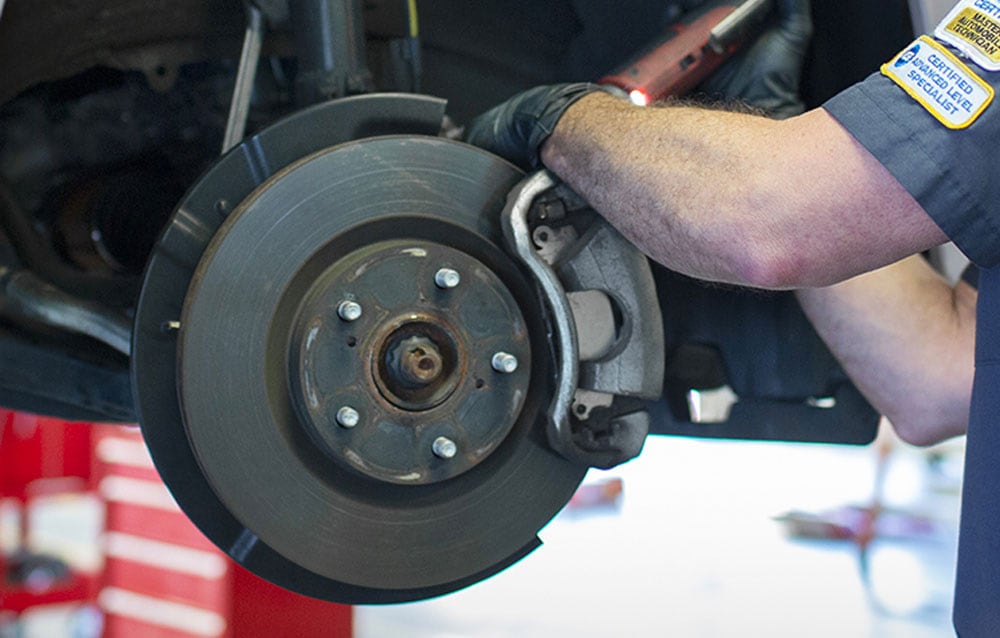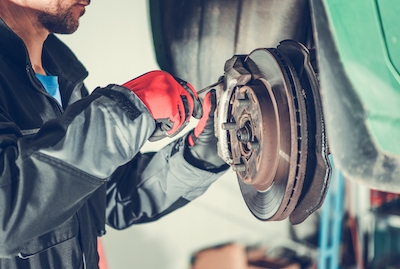Dr Brakes Complete Auto Repair - Brake Repair & Service in Lighthouse Point, Palm Aire, FL
. brake check Royal Palm Community, FLDiagnosis for Brake System Fluid Contamination
A crucial part of a car's brake system is in charge of making sure that the braking is secure and effective. Monitoring and identifying brake system fluid contamination is a crucial component of brake maintenance that is frequently disregarded. Your brakes' performance may be compromised by contaminated brake fluid, which can also present serious safety risks in extreme circumstances (brake maintenance Palm Aire, FL). The causes, symptoms, and solutions to the problem will all be covered in this article, along with the various facets of diagnosing brake system fluid contamination.

Causes of fluid contamination in the brake system:
Dr Brakes Complete Auto Repair: Auto Repair Coconut Creek, FL - Car
To avoid further problems, it is crucial to determine the underlying causes of brake fluid contamination, which can happen for a variety of reasons. Common reasons for contamination of brake fluids include:
- Moisture Ingress: Worn seals, damaged brake lines, or poor maintenance procedures can all allow moisture to seep into the check here brake fluid reservoir.
- Dirt and debris: When the reservoir cap is removed, dust, dirt, and other debris can enter the brake fluid system, contaminating the fluid.
- Brake lines and parts can corrode over time, releasing particles into the brake fluid.
- Mixing Different types of Brake Fluid: Combining different types of brake fluid can result in contamination and chemical reactions.
- Worn Brake Components: During braking, particles can enter the fluid as the brake pads and rotors wear down.
Brake Fluid Contamination Symptoms:


To maintain the safety and performance of your car, identifying brake fluid contamination is essential. Watch out for the following signs that contaminated brake fluid may be present:
Dr Brakes Complete Auto Repair: Auto Repair Kendall Green, FL
- Brake Fade: Contaminated fluid can make the brakes feel spongy or less responsive, look at more info which can reduce the performance content of the braking system.
- Increased Stopping Distance: A problem with the brake fluid may be present if your car takes longer to come to a stop.
- Brake Pedal Issues: A mushy or soft brake pedal could be a sign of air bubbles or other impurities in the brake fluid.
- Unusual Noises: When applying the brakes, contaminated brake fluid can result in squealing or aking noises.
- Brake Warning Light: A lit brake warning light on your dashboard could indicate contamination or a problem with the brake fluid.
Brake Fluid Contamination Diagnosis:
Follow these steps to accurately identify brake fluid contamination:
- Visual inspection: Start by visually inspecting the reservoir for the brake fluid. Check the brake fluid for any stains, cloudiness, or obvious contaminants.
- Brake Fluid Test Strips: There are brake fluid test strips available, which can be used to find out how much moisture is present in a fluid. Moisture that is too much can be a sign of contamination.
- To withstand the heat produced during braking, brake fluid needs to have a high boiling point. It might be because of contaminated fluid that your brakes are prone to overheating.
- When in doubt, consult a qualified mechanic for advice. They can accurately identify any contamination problems and conduct a more thorough analysis of the brake fluid.
Contamination of brake fluids:
Royal Palm Community, FL Auto Repair - Dr Brakes Complete Auto Repair Total Car Care
If you've discovered contaminated brake fluid, it's critical to act quickly to fix the issue (brake maintenance Coconut Creek, FL). The steps are listed below:
- The best way to get rid of impurities and replace the old fluid with new, clean brake fluid is to completely flush the fluid.
- Component Inspection: Examine any master cylinders, calipers, or brake lines that may be corroded or damaged. replace any damaged components.
- Seal Replacement: To stop further contamination, replace any damaged seals if moisture ingress is the problem.
- Use the Right Fluid: To ensure compatibility and avoid future contamination problems, always use the brake fluid that the manufacturer has recommended.
- Regular Maintenance: Follow a regular brake maintenance schedule to avoid contamination in the future. During routine maintenance, check the brake fluid and fix any problems as soon as possible.
In order to keep your car safe and effective, it is essential to identify and treat brake system fluid contamination. You can identify and fix contamination problems before they cause brake failure with the aid of routine inspections and preventative maintenance. To ensure that your brakes are reliable, keep a close eye on your fluid and act right away if you suspect contamination.